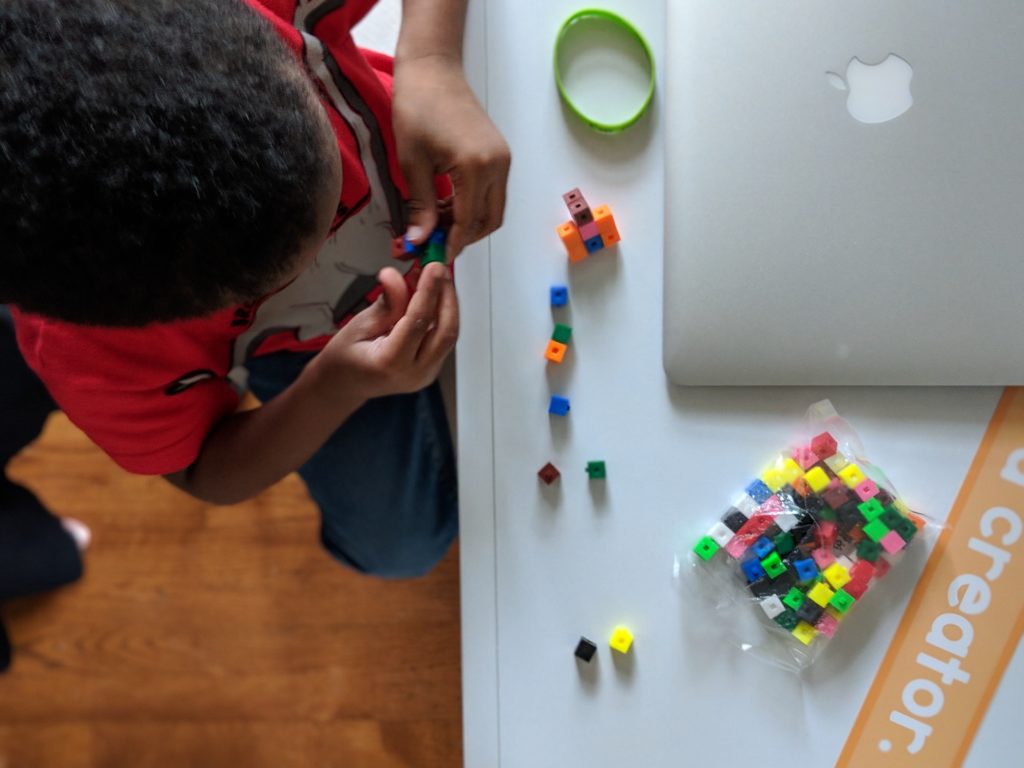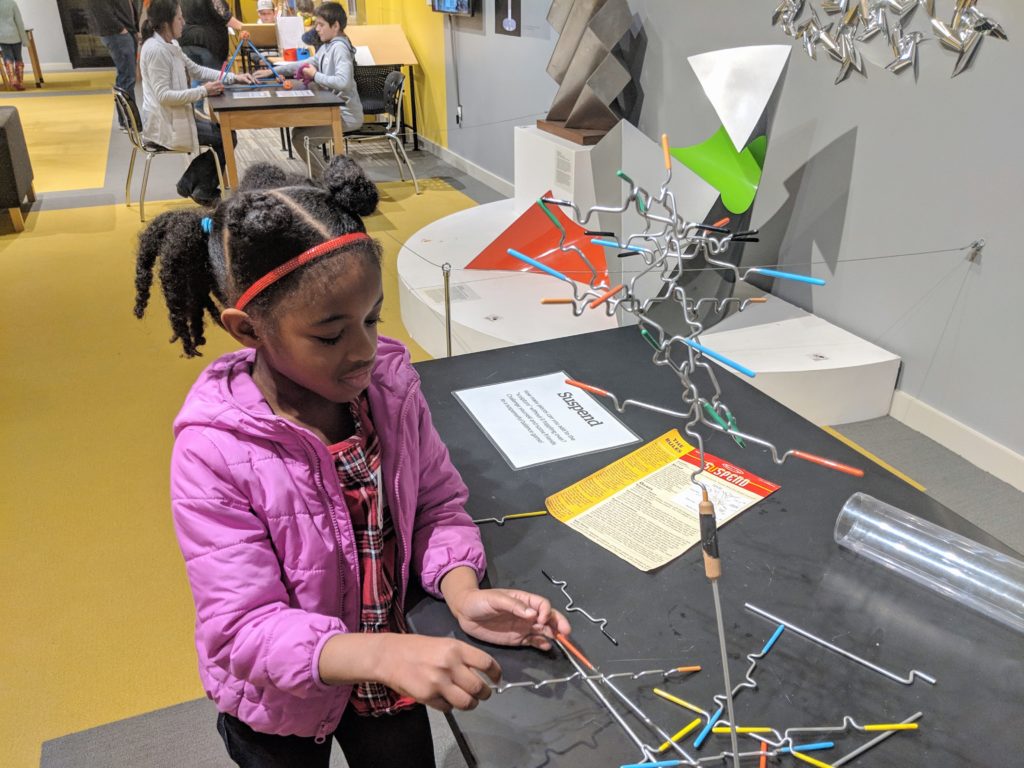After a tumultuous ending to the last school year, here comes another one. Yes, the 2020-2021 school year is upon us. Some of you are sending your kids back to school, some of you are taking advantage of virtual school, and some of you have decided to homeschool. All of these options differ in a big way, but they are all good options for schooling kids. Whatever you choose for your family, is the right decision.
Personally, I’ve schooled my kids at home for almost 3 years and we currently homeschool. I’m registered with the state of Louisiana, to school my kids and ensure their educational success. However, we’ve also done virtual school or online public school as well. It’s very different from homeschooling, but there are things we can learn from them all. I’m NO EXPERT but I can share some things I’ve learned over time. Here’s some of my best tips for homeschooling success. You might find these tips beneficial whether you homeschool or are letting your kids virtually learn this school year.
1. Figure out what type of learner your child is.
There are primarily 4 different types of learners however, most kids are a combination. The four types of learners are visual, auditory, reading/writing, and kinesthetic learners. Schooling at home allows you to help each child learn in the best way possible. My daughter is primarily a reading/writing learner in that she learns by reading and she can re-count facts that she saw and read. My son is a kinesthetic learner or a hands-on learner. He learns by hands-on activities and also has a hard time sitting while learning.
Neither one of my kids learning styles are bad – just different. I try to keep a lot of books around for my daughter and look for ways to challenge her and we teach our son with tangible items (blocks, play doh, etc.) as much as we can. Learn your children’s learning styles and see how you can help them excel academically.
2. Designate an area in your home for school work and supplies.
Let me be very clear and say BE OPEN to learning in new places/spots. My kids and I have been to the library (pre-COVID-19), on the porch, in the living room, and in the kitchen to do school work. Depending on the grade level of your child, you might need space to store supplies or a designated workspace (for the child who needs the predictability of a normal school day) for you and your children. Look for unused closet space to store supplies and look for corners of rooms to place desks. But also know that the kitchen table, the living room floor, and the outdoors are perfectly acceptable places to learn as well.
3. Create a schedule that works for you.
Don’t put your schedule in a box! Lay out everything that needs to be done in a day and schedule accordingly. Can you start the school schedule at 9:00 AM so you can tend to some other things before that? Can you wake up earlier to tackle some other tasks (work, prep meals, workout, organize school work for the day, etc.)? I know it’s A LOT. I promise, I know. The only way I’ve found I can get everything done is by micro-managing our schedule. Allocate time for school, work, meals, breaks, etc. Don’t expect it just to happen. Schedule it!
4. Schedule breaks.
When making a schedule, don’t forget about breaks! Breaks can be used for anything useful for your family. I’ve found time outdoors is great for my kids and for me. My son loves to play with Legos during breaks and my daughter enjoys searching Pinterest for recipes. That’s perfectly okay with me. I like checking my email for breaks, paying bills, and working out. One thing I love about homeschooling is the ability to take breaks when we need them. Kids not catching on? Take a break. Kids are restless? Take a break. Mom is yelling? Take a break. You’d be surprised what 10-15 minutes can do for you and your kids.
5. Keep supplies minimal.
When we were apart of an online public school, we received a lot of supplies from the school (art, gym/P.E., science experiment, etc.). I’m pretty sure I still have a lot of that leftover too. Children don’t need a lot of supplies to learn so don’t feel pressured to buy a lot of stuff. Use what you have on hand for projects and figure out what you need as you go. The more supplies you have, the more space you’ll need to store said items. Keep it simple.
6. Ask for help when needed.
This is a crucial tip! Find a buddy to ask questions and for encouragement/support. This can be your spouse, a friend who homeschools or is virtually learning with their kids, or even a family member. If it’s safe to do so, hire a private tutor to help with schooling or supplemental academic needs. I have a friend who has home-schooled all of her children and I regularly talk with her about my concerns/problems. It helps knowing she understands me and can answer questions when I have them. Is there a parent you could partner with for extra encouragement? Find a buddy and talk regularly. We’re in this together.
7. Pre-plan meals for the week.
Believe me – kids are hungry, whether they are going to school or doing school at home, so plan accordingly. Print out the meal planner sheet above, laminate it, and use it every week to make a general plan for food. Keep breakfast simple with foods like cereal, oatmeal, boiled eggs, smoothies, etc. Lunch can be leftovers, sandwiches, Naan bread pizzas, or whatever works for your family. Dinner is the meal we all wait for everyday so make it good, but not complicated. If you only have 30 minutes, use that time wisely. Make extra food for lunch tomorrow. Whatever you do, plan out meals at least one week at a time. Here’s the process I use for meal planning. It will save you a lot of frustration during the week.
8. Look for teachable moments in everyday life.
Being with your kids throughout the day opens up an array of opportunities to teach them. Answer their questions, challenge their brains, and do the research they need to be fulfilled. One time our electricity went out and my husband (who works from home) gave a mini lesson on electricity. He’s so good at teaching in quick bursts like that. The kids remembered that lesson and have never forgotten it. You have a unique opportunity to reach your child like no one else can. Yes, it won’t always be easy but if anyone can do it, you can.
9. Keep your cool.
One thing I’ve learned about having children is that they are resilient. They are malleable and can work through almost anything (with your assistance too). I remember being worried about taking my daughter out of brick and mortar public school and transitioning to online public school. How would she do? Would it be hard? Would she fall behind? How will I teach my son to read? These have been some of my concerns – not my kids. Talk with your “buddy” (mentioned above) about your concerns, not your kids. Learning disabilities aside, (please consult a professional for educational problems) kids will naturally learn how to do basic skills. Don’t let your overwhelm affect them. Use patience (you’ll need a lot) and they will get it!
10. When possible, go on field trips or get out the house.
Due to the current pandemic conditions, taking field trips are not possible for many families. Previously, we enjoyed going to the library to work, visits to children’s museums, and the zoo, etc. Though these options are not all currently possible, still look for ways to explore virtually. We’ve taken advantage of several Varsity Tutors courses. My kids have taken a Google Earth class, a LEGO movie maker class, and my daughter attended a virtual girls camp for 5 weeks. Outschool is another virtual tutoring/class website we are looking at trying this year. Additionally, we try to get the kids outside when the weather is favorable.
Though this school year looks differently than the last – it’s okay. I hope some of these tips can help you to remain calm, make good decisions, and most importantly give you confidence. You know your child better than anyone else. Use that information to help them grow academically. Show love and use patience as you navigate through the year. This is an unprecedented time but you can do it!










2 Comments
2 Pings & Trackbacks
Pingback:
How To Setup a Homeschool Space - Crystal Holliday with The Holliday Collective
Pingback:
Summertime Tradition - S'mores with the Family - Crystal Holliday with The Holliday Collective